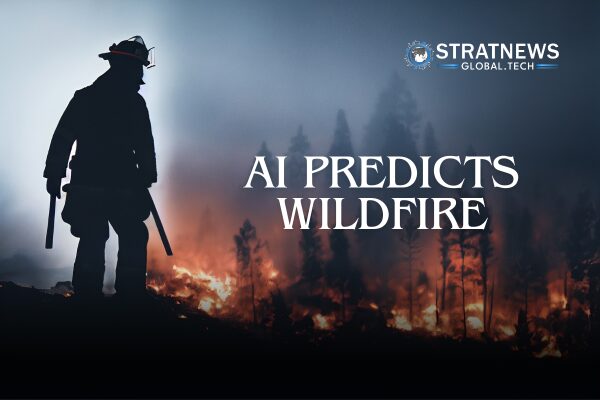European Scientists Use AI to Improve Global Wildfire Predictions
A leading European climate institute is using artificial intelligence (AI) to improve how wildfires are predicted across the world. The European Centre for Medium-Range Weather Forecasts (ECMWF) has launched a new forecasting system called the Probability of Fire model. This AI-powered approach aims to identify wildfire-prone areas more precisely than traditional methods.
Moving Beyond Traditional Forecasting Tools
Wildfire risk has long been measured using the Fire Weather Index. This method focuses on just four weather-related factors: temperature, wind, precipitation, and humidity. However, climate scientists have highlighted that this model misses key elements.
“It doesn’t account for fuel, it doesn’t account for ignition sources,” said Dr Joe McNorton, a climate scientist at ECMWF. By contrast, the new AI system considers fuel—such as dense vegetation—and the presence of ignition sources, in addition to standard weather data.
This broader approach allows researchers to move beyond forecasting fire danger. Now, they can also estimate the actual probability of fires starting in specific locations.
Pinpointing Fire Locations More Accurately
Dr Francesca Di Giuseppe, Principal Scientist at ECMWF, explained how the model made a difference during the January wildfires in Los Angeles. That month, fires killed 28 people and destroyed nearly 16,000 buildings.
In the lead-up to the fires, heavy rainfall spurred rapid vegetation growth, creating fuel. This was followed by very dry conditions, which made the vegetation highly flammable. The AI model factored in this fuel availability and successfully identified areas around Los Angeles at higher fire risk.
“Our prediction in this case was much more precise and pinpointed the exact location where fire really occurred,” Di Giuseppe said.
A New Tool for Fire Prevention Agencies
In 2023, record levels of greenhouse gases contributed to extreme heat and weather events across the globe. Wildfires displaced over 800,000 people—the highest number since data collection began in 2008.
With climate risks rising, ECMWF’s AI-driven method offers a timely upgrade for fire risk management. Agencies responsible for wildfire prevention can use these forecasts to allocate resources more effectively and respond faster.
“It’s quite a large leap forward, in terms of fire forecasting,” Dr McNorton added.
with inputs from Reuters


